Resilience to thrive amid uncertainty
Businesses are navigating an extremely unpredictable business environment with the US administration’s turbulent “reciprocal” tariffs, geopolitical volatility, domestic government realignment, interest rate risks, and pressure on exchange rates, as well as the acceleration of AI adoption and digital transformation.
While Vietnam’s fundamentals remain strong, demonstrated by a 6.93 per cent GDP growth in Q1 and an expansive global alliance with 17 active free trade agreements with a wide range of countries and regions around the world, the uncertainty caused by aforementioned external factors are leading to disruptions in business models, market trends, consumer actions, supply chains, investment flows, and regulatory operations.
 |
| Binh Le, CEO and head of Advisory (left), and Helen Do, partner of ASART Deal Advisory |
New global policies and domestic reforms
At the global level, a new wave of policy unpredictability is sending ripples through international markets. Newly announced “reciprocal” tariffs by the US, although subsequently paused for 90 days, have been intensifying trade tensions, redrawing the supply chain maps and heightening uncertainty. Along with the current US tariff overhaul and 90-day pause, Vietnam, once a clear China+1 winner, now faces rising competition from India, Indonesia, Thailand and Mexico, jurisdictions currently seen as more tariff-efficient by multinational investors.
With net export to the United States accounting for approximately one-quarter of GDP, Vietnam is now in a vulnerable position, and key export sectors such as electronics, textiles, footwear, wood products, plastics, and agriculture are among the most exposed. While the immediate impact on export value has been limited, the rising uncertainty is already affecting business, with many producers seeing early signs of slower orders from the US and beginning to explore diversification opportunities, particularly towards Europe, China, and other parts of the world.
While Q1’s GDP growth reflects resilience, between March 2024 and March 2025, the VND has depreciated by about 3.5 per cent against the US dollar, and this softness is being exacerbated by rising trade tensions and inflationary concerns. Businesses across sectors are confronting tighter margins, while investment momentum may slow as many would typically adopt a wait-and-see approach over the next 3–6 months.
At the same time, Vietnam is undertaking bold domestic reforms aimed at increasing institutional efficiency and economic competitiveness. Initiatives include the newly streamlined government team, newly restructured national assembly team, merger of ministries, proposals to redraw provincial boundaries, and significant reduction of government employees. While these changes aim to modernise and improve governance, increase efficiency, enhance transparency, and strengthen Vietnam’s global competitiveness, they carry near-term stability and execution risks.
Uncertainties around reform and regulatory continuity, approval processes, and tax interpretation could provide less visibility, delay investments or stall critical projects during the transition, and hinder growth opportunities, impacting most Vietnamese companies as well as foreign companies with operations in Vietnam.
The digitalisation shift
Alongside global trade shocks and domestic restructuring, AI early adoption and digitalisation are emerging as a third, relentless force that is transforming Vietnam’s business environment. Unlike policy changes that can be negotiated or delayed, companies must adopt AI and digitalisation to stay competitive and adapt to shifting consumer behaviours, supply chain requirements, and global standards.
Vietnamese firms, especially small and mid-sized enterprises, are now facing a critical inflection point, many are being pulled into digital ecosystems, either by partners, regulators, or market demands. Whether it is adopting e-invoicing, integrating with e-commerce platforms, or managing supply chains through cloud-based tools, digital adaptation is no longer a future consideration – it is today’s operational necessity. Firms that hesitate risk facing rising compliance costs, slower response times, and eventual obsolescence in a fast-digitising economy.
AI, while only one part of this digital wave, is accelerating the shift. From AI-powered customer service bots in e-commerce, an industry in which Vietnam is leading Southeast Asia with a 42 per cent AI adoption rate, to predictive analytics in manufacturing, healthcare, logistics and finance, businesses are seeing traditional roles and processes being redefined.
While AI’s capabilities present endless possibilities for business use cases, many business owners and leaders are puzzled as to how to integrate AI into their operations and products, especially when data transparency and comprehensiveness are often challenging in Vietnam.
More than just short-term reactive solutions
Globally and locally, politically, economically and technologically, the world is changing and evolving by the minute. With new geopolitical policies, shifting domestic regulations, and emerging technological advancements all happening at once, business leaders need more than just short-term reactive solutions.
They need to have a full and deep understanding of who they are, what they do, and where their companies really stand in the market to build a strong and agile foundation that can weather the storms, sustain through any turbulence, and also capitalise on opportunities amid uncertainty.
The case for proactive resilience
Resilience in the past has often been reactive: a crisis hits, and businesses adapt. But in today’s continuously shifting landscape, this is no longer enough. Resilience must be embedded into the organisation, from strategy to operations, talent and technology.
More importantly, as opportunity and risk are two sides of the same coin, resilience must be proactive, forward-looking, and opportunity oriented.
We have successfully defined and designed a proactive resilience framework with three main components: review, planning, and action. A business can develop the strategic capability to quickly scan their entire business, and detect early signals of exposures, risks, and opportunities. Secondly, it can assess their potential impact, design a roadmap to close exposures and minimise risks, and be prepared to act fast with a clear purpose that aligns with their vision.
Finally, the business can act to emerge stronger, more relevant, more competitive, and always be ready for opportunity and challenges.
Our framework is not just about helping our clients to weather the storm. It is also about strategically positioning a business to ensure it is always prepared to seize opportunities and tackle challenges head-on, emerging more resilient, adaptable, and poised for success.
To help businesses with this critical topic, ASART is hosting an exclusive event for business owners and chief executives on May 15 in Ho Chi Minh City. The event is designed to discuss the impact of the various volatile external factors on their businesses, and explore how they can develop proactive resilience to thrive in this ever- evolving world, rapidly changing environment, and uncertain time.
 |
What the stars mean:
★ Poor ★ ★ Promising ★★★ Good ★★★★ Very good ★★★★★ Exceptional
Related Contents
Latest News
More News
- Pivotal stage of growth paves way for rise in M&As (December 03, 2025 | 10:00)
- Positive projections for M&A interest from Thailand (December 03, 2025 | 09:40)
- Manifesting the first line of defence in cybersecurity (December 03, 2025 | 09:00)
- The transformational role AI can play in accounting arena (December 03, 2025 | 08:00)
- Unlocking 5G-AI potential in Singapore (December 03, 2025 | 08:00)
- Data-driven strategies vital for a fast-evolving nation (December 02, 2025 | 09:41)
- Policy to practice: how Vietnam can lead the region (November 26, 2025 | 16:03)
- Mobilising private capital at scale vital for climate battle (November 26, 2025 | 15:36)
- VILAF and Yoon & Yang launch Vietnam - Korea Practice Unit (November 26, 2025 | 15:16)
- Trademark disputes challenge foreign firms in Vietnam (November 24, 2025 | 15:30)

 Tag:
Tag:











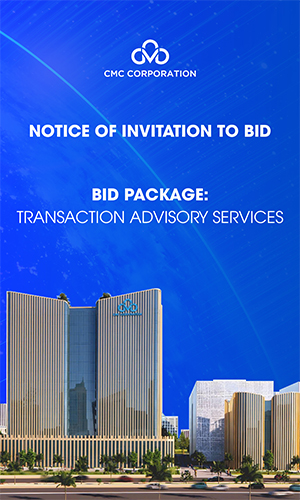

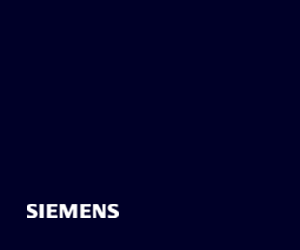




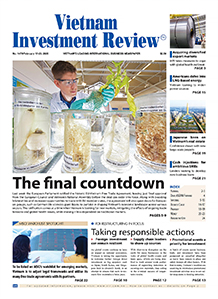
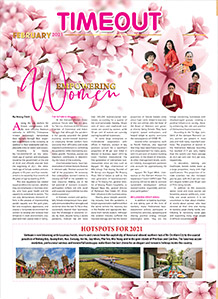
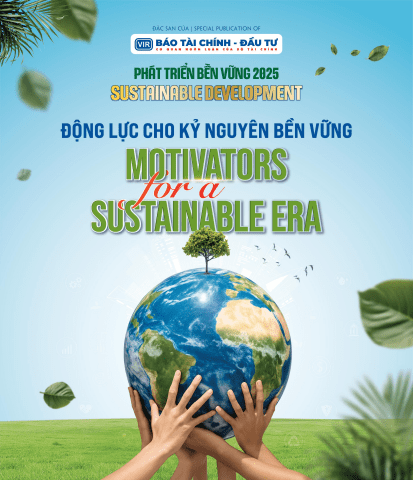
 Mobile Version
Mobile Version